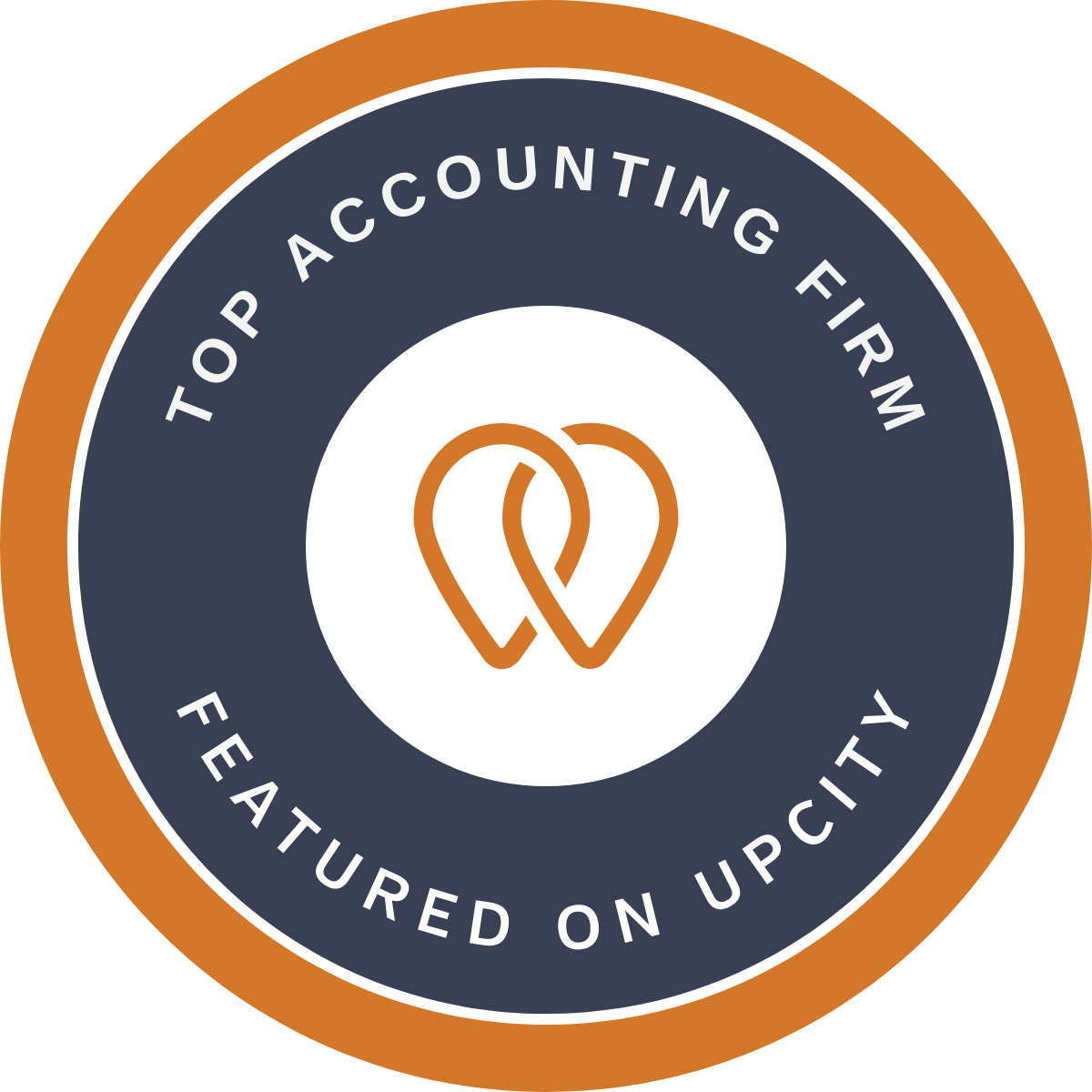How do you calculate the cash flow model?
A cash flow model is crucial in finance to analyze a company’s financial health through inflows and outflows, enabling informed decisions and resource management. This article outlines components and steps for creating effective cash flow analysis and models.
Components of a Cash Flow Model:
-> Cash Inflows
Cash inflows encompass the sources of funds entering a business. These can include
- Profits from the sale of goods or services.
- Interest earned on investments.
- Capital raised through equity or debt issuance.
-> Cash Outflows
Cash outflows represent the expenditures and expenses incurred by a business, such as:
- Cost of goods sold (COGS)
- Operating expenses (salaries, rent, utilities, etc.)
- Interest payments on loans
- Taxes
-> Initial Investments
This includes any upfront capital expenditure necessary for a project, such as equipment purchases or facility construction.
Steps to Construct a Cash Flow Analysis:
-> Define the Time Horizon
Determine the period for which you want to create the cash flow model – commonly monthly, quarterly, or annually. This timeframe will dictate the granularity of your analysis.
-> Gather Historical Data
Collect historical financial statements and cash flow data for the chosen time horizon. This serves as a foundation for projecting future cash flows.
-> Projected Revenue
Estimate future revenue based on market trends, historical performance, and other relevant factors. To accommodate for possible variations, consider alternative scenarios.
-> Projected Expenses
Forecast operating expenses, taking into account inflation, changes in pricing, and other variables. Categorize expenses into fixed and variable components.
-> Depreciation and Amortization
Include non-cash expenses like depreciation and amortization, which affect the company’s tax liability but don’t involve actual cash outflows.
-> Working Capital Changes
Consider changes in working capital, including accounts receivable, accounts payable, and inventory. Fluctuations in these accounts impact cash flow.
-> Interest and Tax Payments
Calculate interest payments on outstanding loans and estimate taxes based on applicable rates.
-> Capital Expenditures
Forecast capital expenditures required for maintaining or expanding business operations. These include investments in equipment, facilities, and technology.
-> Debt Repayments
Include scheduled principal repayments for loans and other debts.
-> Equity Issuance and Dividends
Factor in equity issuance or dividends to assess their impact on cash flow.
Analyzing and Interpreting the Cash Flow Model
-> Net Cash Flow
By deducting total cash outflows from total cash inflows, you may determine the net cash flow.
-> Cash Flow Patterns
Analyze the trends and patterns in cash flow over the projected period. Identify peak cash flow periods and potential cash shortfalls.
-> Liquidity Assessment
Evaluate the company’s liquidity by comparing its cash inflows and outflows. A positive net cash flow indicates healthy liquidity.
-> Sensitivity Analysis
Conduct sensitivity analyses by adjusting key variables like revenue growth rate or interest rates to assess the model’s sensitivity to changes.
-> Investment Decisions
Utilize the cash flow model to make informed investment decisions, assess project viability, and identify areas for improvement.
Conclusion
A well-constructed cash flow model is an indispensable tool for businesses to understand their financial dynamics, make informed decisions, and ensure sustainable growth. By meticulously considering the components and steps outlined in this article, financial analysts of Meru Accounting can build accurate and insightful cash flow models that provide valuable insights into a company’s financial health and performance.












